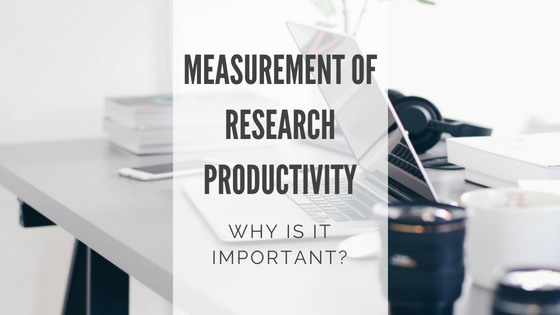
Measurement of research productivity – why is it important for pre-med students?
Involvement in research is a requirement in every stage of one’s a medical career, even if the pursuit of an academic career isn’t intended. As the medical school and residency application processes become more competitive over the years, understandably, “CV padding” with numerous research activities has become commonplace. Sometimes, it poses a challenge for the admission committee to objectively assess candidates’ research productivity and impact.
Some of the most commonly used metrics include total number of publications or citations. However, these metrics do not adequately assess the research impact. There are countless publication accesses nowadays that include online, open access, and non-traditional journals. Solely relying on the total number of publications without any quality control may yield outcomes that are not insightful.
The Hirsch index (h-index) is considered a novel metric for research productivity and impact, and it has been extensively studied and validated in a variety of medical disciplines, including emergency medicine, radiology, and surgery. Jorge Hirsch first proposed the concept of h-index, which has a value of h if h number of articles were published and each of them was cited h times. It has been shown that the h-index more accurately predicts future research productivity than the traditional bibliometric measures.
One may find their h-index from the Scopus database. Having said that, there are certain limitations with the h-index. Firstly, it lags behind real time publications and citations, as the database isn’t updated instantaneously. Secondly, it does not take into consideration the order and contribution of authors. In addition, it does not discriminate between the favourable and unfavourable citations. Finally, research completed by the same author at different institutions are not aggregated to accurately reflect the true h-index. Despite these limitations, the h-index is validated and correlates very well with academic attributes and research productivity. In fact, in some US academic medical centres, the h-index is a factor of consideration of academic promotion and hiring.
What if one uses self-citation to artificially inflate the h-index? Surely, strategic self-citation as manipulation tactics has been reported and criticized. The Scopus database has the function of removing self-citations to judge the magnitude of inflation. Thankfully, this has been shown to be a minor issue rather.
As academia becomes increasingly aware of the h-index, each of us can help keep the database up to date by self-reporting to Scopus. We should encourage more collaborative effort to carry out high quality research that would ultimately impact healthcare. By the way, if you are considering to pursue a graduate degree involving research, it probably doesn’t hurt to look up the h-indexes of potential supervisors.
*Part of this blog was adopted from Hu J, et al., An Evaluation of h-index as a Measure of Research Productivity Among Canadian Academic Plastic Surgeons. Can J Plastic Surgery. 26(1): 5-10. 2018.






